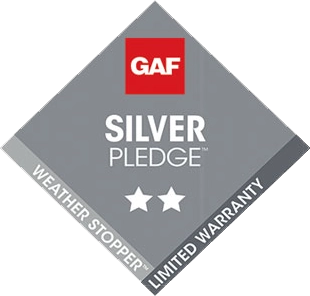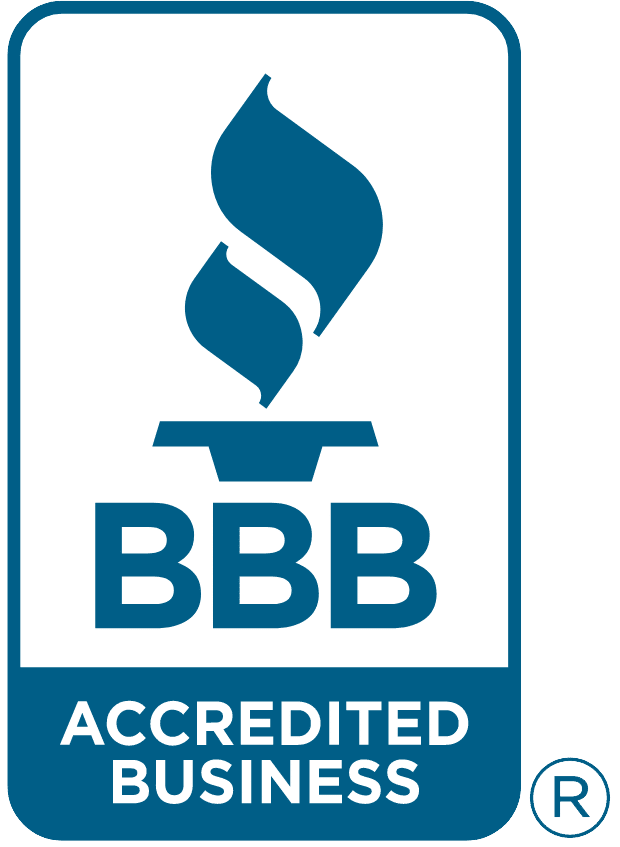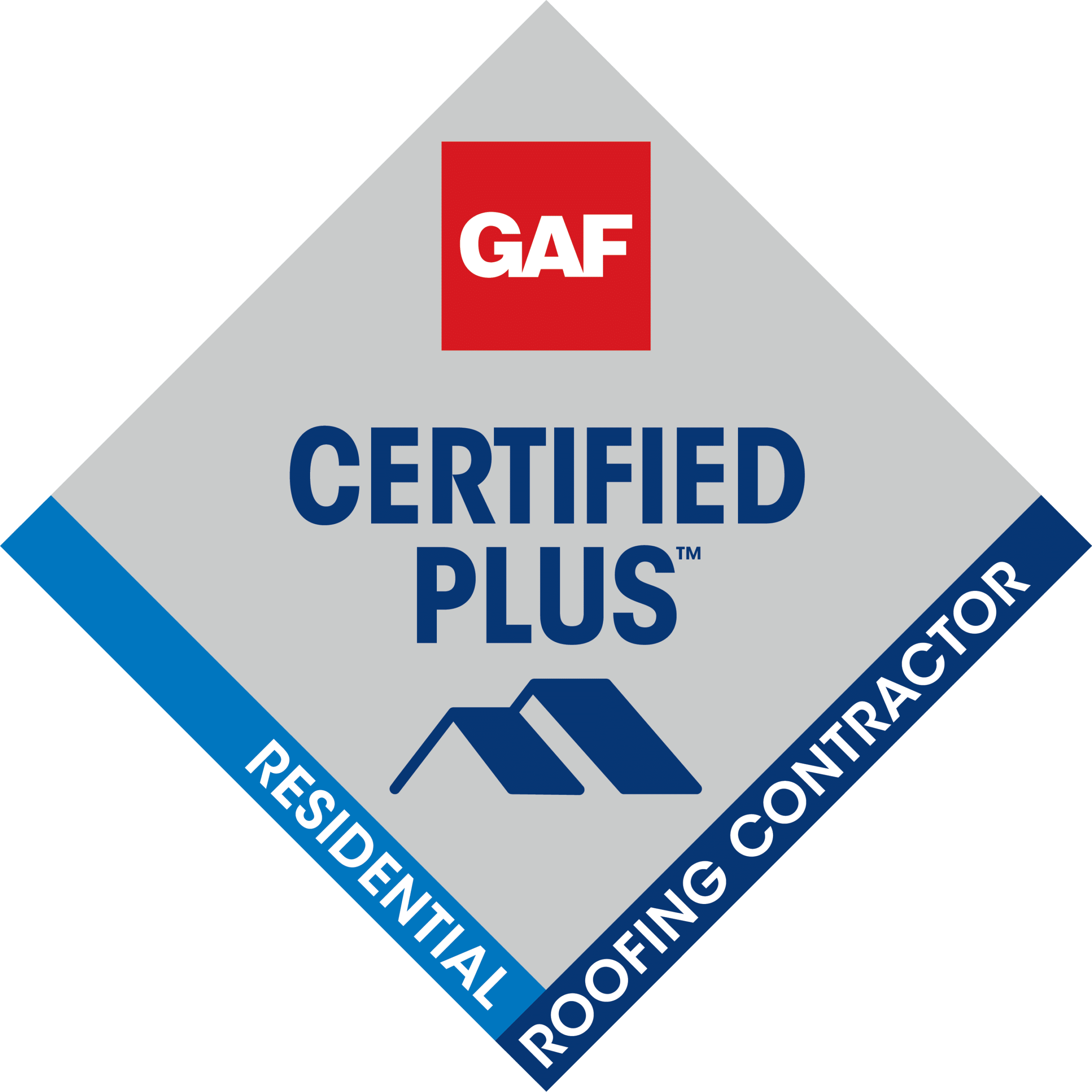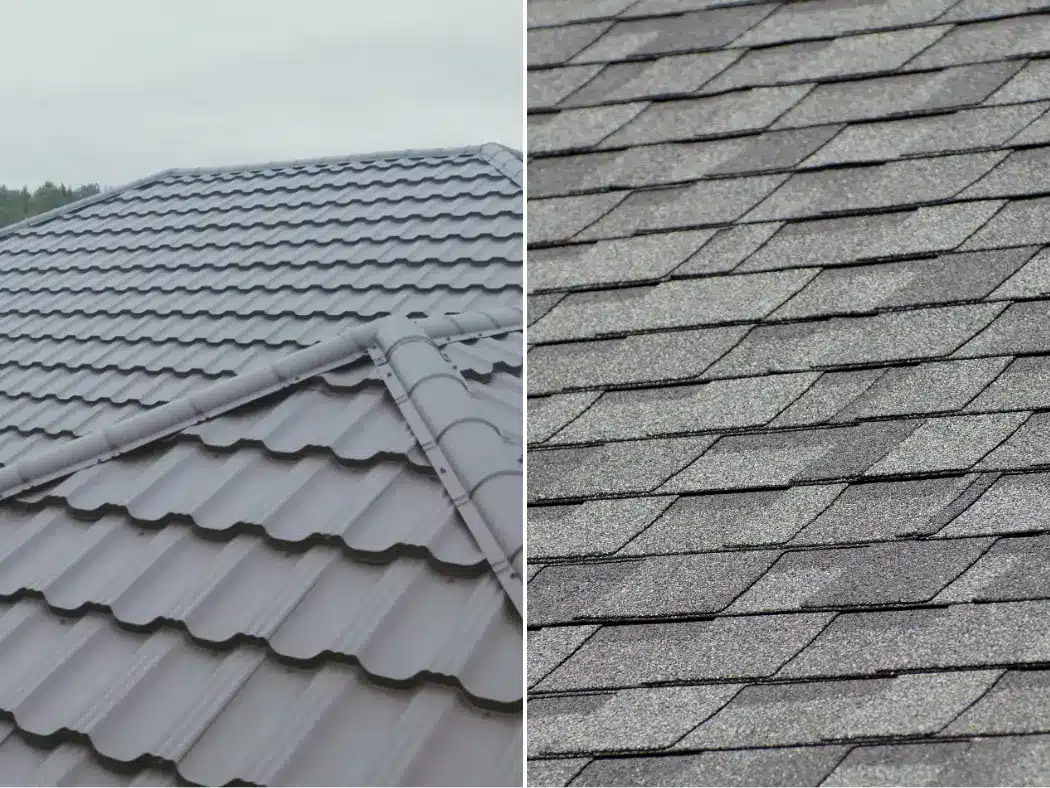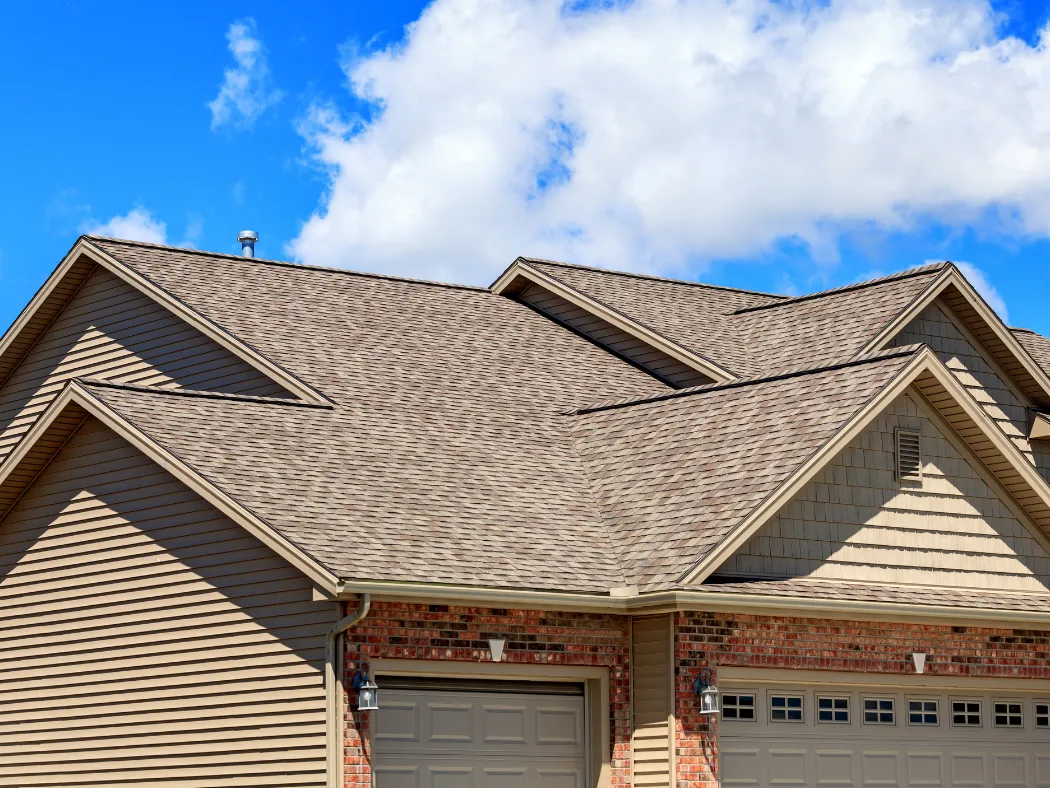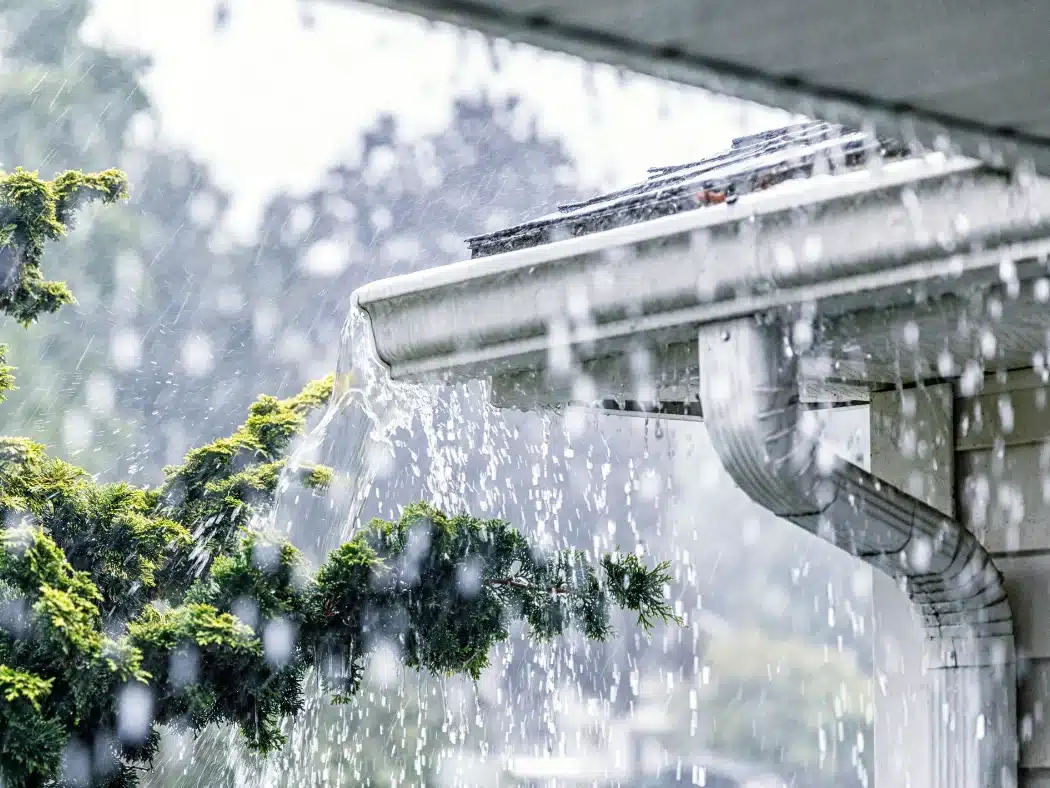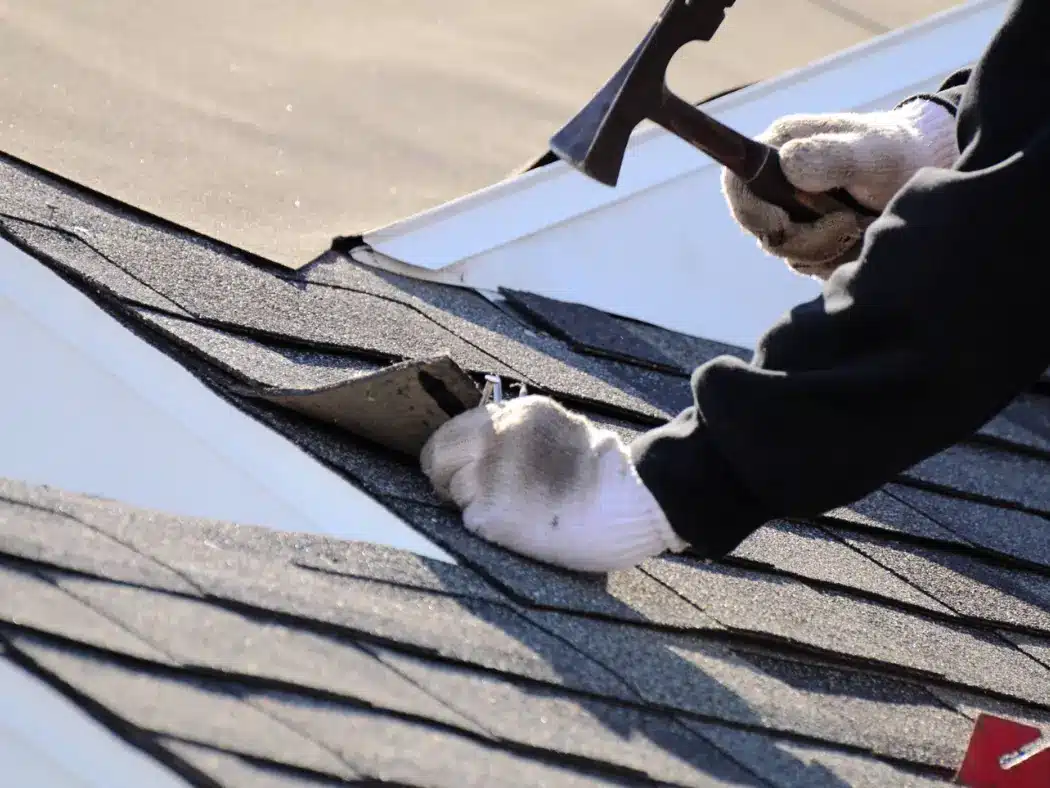When it comes to describing the weather conditions in Texas, extreme is an understatement. From blistering summer heat and relentless sun to sudden hail storms and ice, Texas homeowners face a wide range of harsh abrupt weather changes that can take a toll on their roofs. That’s why choosing the right roofing material, with durability, energy efficiency, and long-term value in mind, is so important.
While asphalt shingles remain the most popular roofing material for residential homes across the U.S., metal roofs are quickly gaining traction in hot climates like Texas. Both roofing types have their advantages and drawbacks when it comes to withstanding extreme weather. This guide breaks down the key differences between metal and shingle roofing to help you make the best decision for your home.
Heat Resistance
Metal Roofs
Metal roofs are excellent reflectors of heat and UV radiation, making them a strong choice for homeowners in hot and sunny climates. The reflective property of metal roofs reduces the amount of heat that is absorbed into your home, helping you stay cool and cut down on monthly utility bills.
Shingle Roofs
While asphalt shingle roofs do reflect heat, they absorb more heat than metal roofs. This can lead to higher temperatures in your attic and home.
Durability
Metal Roofs
Metal roofs tend to have a longer lifespan compared to asphalt shingle roofs. When installed correctly and properly maintained, they can last anywhere from 40 to 70 years. Known for their durability, metal roofs are resistant to cracking and warping under heat. Hail and extreme storms can still damage your metal roof, but this type of roofing system is one of the most weather-resistant options available.
Shingle Roofs
Asphalt shingle roofs have an average lifespan of 15-30 years. Shingles are more likely to be damaged curl or crack from heat and can deteriorate faster from storm damage compared to metal roofs. While they may require more frequent repairs, the repairs are typically less costly versus metal roofs.
Storm Resistance
Metal Roofs
Texas homeowners know better than most the importance of a reliable roof in the summer storm season. Most metal roofs can withstand winds up to 140 mph winds and have a high impact rating against hail and debris damage.
Shingle Roofs
The wind resistance of asphalt shingle roofs is highly dependent on the type of material used but can range anywhere from 60 to 130 mph.
Cost Comparison
Metal
Metal roofs are a higher initial investment for homeowners. However, they do offer a better return on your investment over time due to their durability and energy efficiency. Because they have a longer lifespan, you won’t have to invest in a roof replacement as early as you would need to with other materials.
Shingles
Shingles remain the most popular roofing material chosen by homeowners due to the lower upfront cost. While shingles may need more repairs and they have a shorter lifespan, they are still a reliable option to consider.
Choosing the Right Roof for Texas Heat
Every home is different, and several factors go into choosing the best roofing material for your home. Metal and asphalt shingle roofs both have their advantages and disadvantages as shown below.
| Metal Roofs | Shingle Roofs | |
| Heat Resistance | Reflect heat and UV radiation, helps lower cooling costs | Absorbs more heat |
| Durability | 40 – 70 year lifespan, strong against extreme weather | 15 – 30 year lifespan, more vulnerable to heat/storms |
| Storm Resistance | Withstands up to 140 mph winds, high hail and impact resistance | Wind resistance varies (60–130 mph), more easily damaged by hail/debris |
| Cost Comparison | Higher upfront cost, lower long-term costs due to energy savings & fewer repairs | Lower upfront cost, higher maintenance and earlier replacement needed |
Are you looking for personalized recommendations from a roofing expert with years of experience in Central and Gulf Coast Texas? WorleyByrd is the word! Get in touch with our team to get started.

